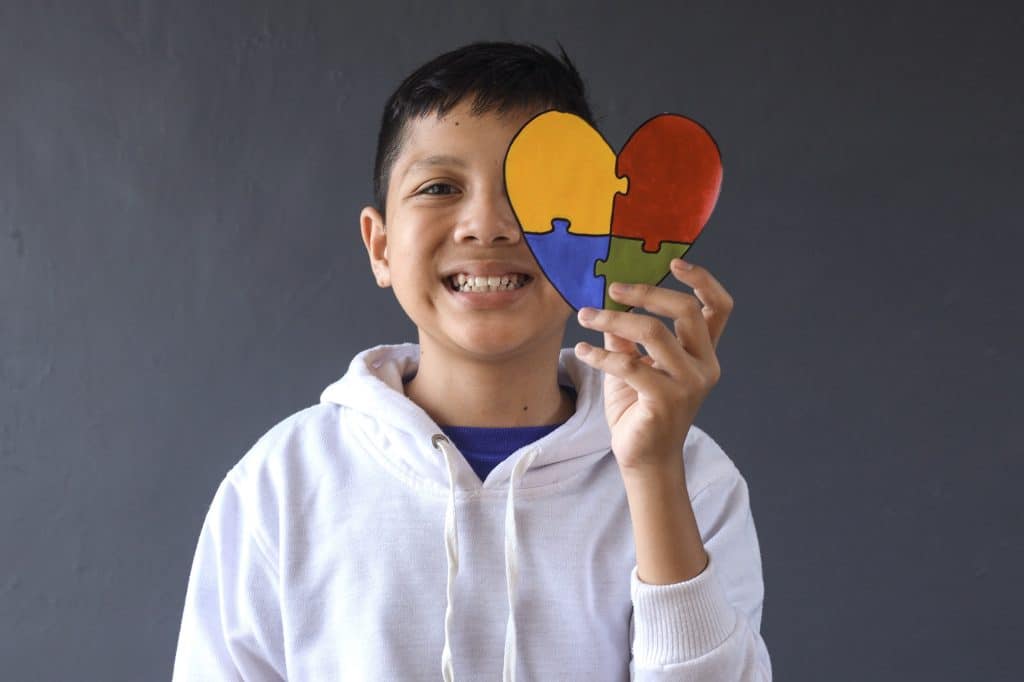Applied Behavior Analysis (ABA) therapy is a well-established approach used to help children improve communication, social skills, and manage behaviors. If you’re considering this therapy for your child, understanding the most common ABA therapy techniques is key to making informed decisions. Below, we’ll break these techniques down into easy-to-understand steps so you can see how they work and why they matter.
Positive Reinforcement and Other ABA Techniques | What Parents Should Know
One of the most used techniques in ABA therapy is positive reinforcement. This simply means giving a reward when a child shows a desired behavior, encouraging that behavior to happen again. For example, if a child shares a toy and receives praise or a small treat, they’re more likely to keep sharing in the future.
Frances Fishman, founder of The Play Base, explains: “Positive reinforcement is at the heart of ABA therapy because it helps children feel successful and motivated. The reward can be as simple as a high-five, a sticker, or extra playtime—what matters is that it’s meaningful to the child.”
Task Analysis and ABA Therapy | Common Techniques for Success
Task analysis is another important ABA therapy method. In this approach, therapists break down a complex task into smaller, simple steps. This makes it easier for children to learn new skills such as brushing teeth, tying shoes, or completing homework.
Here’s how task analysis works:
- Identify the complete skill (e.g., brushing teeth)
- Break it into small steps (e.g., pick up toothbrush, apply toothpaste, brush top teeth, etc.)
- Teach each step one at a time, building confidence and independence
Understanding ABA Therapy Techniques | How They Support Behavior Change
Many children benefit from techniques like prompting and fading. Prompts are hints or guidance from a therapist or parent to help the child complete a task. As the child learns, these prompts are slowly reduced (faded) so the child can perform the task on their own.
Another method is modeling, where the therapist demonstrates a behavior first, allowing the child to watch and then try it themselves. For example, showing how to say “hello” when meeting someone.
Frances Fishman adds, “At The Play Base, we use a combination of these techniques to support each child’s unique learning style. Some children need more visual supports while others respond better to verbal prompts or hands-on guidance.”
Behavioral Interventions in ABA Therapy | Common Techniques Used Today
Other common ABA therapy techniques include:
- Discrete Trial Training (DTT): A structured teaching method that breaks skills into small parts with clear instructions and rewards
- Natural Environment Teaching (NET): Teaching skills during natural routines and play to help children apply what they learn in everyday life
- Shaping: Reinforcing small improvements toward a desired behavior until the full skill is achieved
Each of these methods is carefully chosen based on the child’s needs and therapy goals.
Essential ABA Therapy Techniques | From Task Analysis to Reinforcement
ABA therapy is flexible and individualized. Techniques such as chaining (linking smaller tasks together), generalization (helping children use skills in different places and with different people), and functional communication training (teaching appropriate ways to communicate needs) are all used to help children thrive.
Frances Fishman emphasizes: “The beauty of ABA therapy is how we tailor each program to the child. We help them develop skills step-by-step, building confidence along the way.”
Ready to Get Started?
If you’re ready to support your child’s development with these proven ABA therapy techniques, we can help. At The Play Base, our experienced team uses positive reinforcement, task analysis, and behavioral interventions tailored to your child’s needs.
Book an ABA therapy consultation today or schedule a behavioral intervention session to learn more. Let’s work together to help your child grow and succeed!









